From Fear to Empowerment: My Transition to Independence with T1D
One of the biggest challenges I think I’ve ever overcome is my fear of needles.
I was diagnosed with type one diabetes in October of 2015, when I was 12 years old. I experienced symptoms for around 4 months before I was diagnosed, and didn’t want to believe that having diabetes was an option for me. My mom had a background in nursing, so I knew from her that type one diabetes meant giving injections every day – and that was the last thing I ever wanted to do. Because of my deathly fear of needles, I didn’t go to the doctor’s office for as long as possible or get any bloodwork taken. If someone even mentioned getting a needle, I would begin crying and protesting to not get it. However, leading up to October 5th I lost ten pounds in a week, became extremely lethargic, and had an unquenchable thirst. I finally went to get my bloodwork taken, and I was so out of it that I didn’t even care that I was getting a needle.
The Diagnosis That Changed Everything
We got the call the next day that I “needed to adjust my insulin levels” because they thought I had already been diagnosed with diabetes. Because I hadn’t, that was technically my official diagnosis. I was absolutely devastated. I thought I wouldn’t be able to live a normal life and be prevented from doing all the things I loved. When we went back in for a follow up and I got my bloodwork taken, I was praying that I had type two diabetes. I knew from my mom that type two diabetes just meant taking some pills instead of needles. I was incorrectly diagnosed as type 2, I was over the moon! I was thinking that I didn’t ever have to give myself needles, that I got the “good” kind of diabetes, and that I wouldn’t have to tell anyone about my diagnosis.
When it comes to successful diabetes self-management, an exciting concept to learn about is the incredible power our mindset can have on how we approach things and the outcomes that result. 1
Facing My Worst Fear: The Reality of Daily Injections
That night when I went home, my blood glucose levels skyrocketed to over 33.5 (higher than the blood glucose tester could read), and I went to my hospital’s ER where I was diagnosed with type one diabetes – which meant needles! When I found out I would have to give myself 4 injections per day it was extremely difficult news to come to terms with and was a very emotional time, especially at such a young age.
After my second official diagnosis, this time of type one, I got my mom to give me needles for the first night and the next day. At that time, the hospital let me know about the option of having a nurse come into the school every day and give my injections for me, so I didn’t need to learn how to yet if I didn’t want to. I was very ashamed of my diagnosis though, and didn’t want anyone in my class to know. I also wanted to be independent and learn how to deal with it myself so in case of an emergency, I’d feel comfortable treating myself. And so, on the second day, I started giving myself injections, testing my blood glucose, and carrying around a bag of supplies with me everywhere.
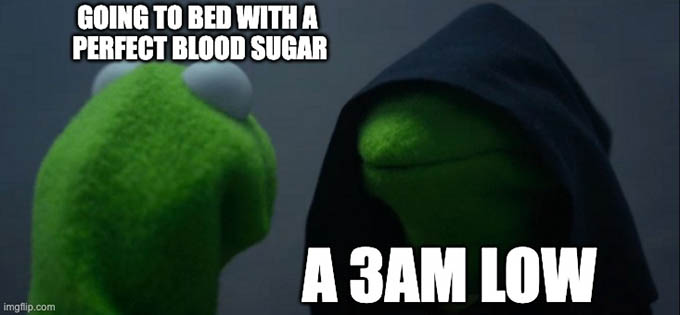
First Steps to Independence: Learning to Inject Myself
The first week, it took me between 15 to 30 minutes to work myself up to giving an insulin injection. I first started giving injections in my upper thighs because they were the most visible point of access, and I would uncap my pen and hold it there with the insulin dose dialed up just waiting to work up the courage. I tried to remember positive affirmations, and I remember thinking over and over again “it’s going to be okay; it’s going to be okay, it’ll be over in ten seconds, it’s going to be okay”. I also liked counting down from 3 before injecting myself and then quickly injecting so I couldn’t go back and hesitate again. This positive self-talk was really important after my diagnosis because it taught me the importance of staying consistent when facing a struggle.
Developing a Growth Mindset
Within a couple of weeks, using what I now know were growth mindset practices such as positive self-talk, listening to empowering music, and writing out my feelings, I began thinking of T1D management as something I needed to do instead of something that was optional, and this helped me foster my view that diabetes as a lifelong learning journey.
“In a fixed mindset, people compare themselves to others, while in a growth mindset, people compare themselves only to their past selves. Approaching the challenge of diabetes management with a fixed mindset can make people question their capabilities right from the start. This can lead to anxiety and can make it difficult to face the challenge to begin with. A growth mindset, however, leads to persistence and resilience over time.”
~ Dr. Heidi Grant, social psychologist, author, and associate director of the Motivation Science Center at Columbia University 2
Living with T1D: Embracing Challenges & Continual Learning
Although during the first few weeks I would take a very long time to inject myself, I was always so proud I was able to do it independently. This also set me up with a great foundation for how I would continue viewing and treating my diabetes in the future. Even now, when I’m struggling with my blood glucose or I find I need to adjust my insulin-to-carb ratio or basal rate, I practice this growth mindset.
I view each challenge as a part of my life that is necessary to overcome in order to continue moving forward in my diagnosis, as well as working on personal development. Overcoming my fear of needles was definitely one of the toughest mental challenges that I’ve ever experienced. However, I’m thankful for the challenges I endured because they made me into who I am today!
Understanding that our talents and intelligence are adaptable and can improve with learning, practice, and experience is the first step to adopting a better mindset to improve our outlook and manage challenges, namely when it comes to health. 3
1, 3. “Applying a Growth Mindset to Successfully Managing Diabetes”, cecelia health, Retrieved 22 May 2024 <https://www.ceceliahealth.com/applying-a-growth-mindset-to-successfully-managing-diabetes/>.
2. “A Growth Mindset: Changing Your Diabetes Management”, diaTribe Learn, Retrieved 22 May 2024 <https://diatribe.org/mental-health/growth-mindset-changing-your-diabetes-management>.

About the Author
Hi everyone! My name’s Heather and I was diagnosed with type one diabetes in 2015. I’m a Program Facilitator for DHF and have been living with T1D for almost nine years. In my spare time I love playing the guitar and driving with the windows down!

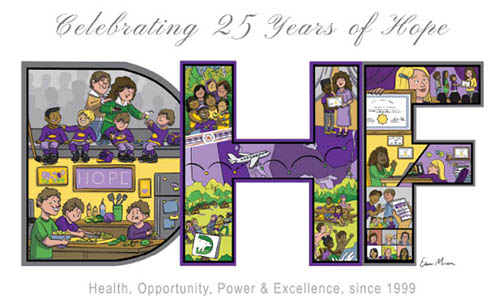

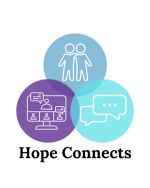
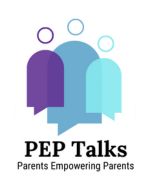
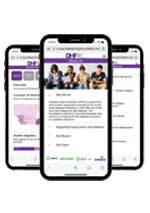

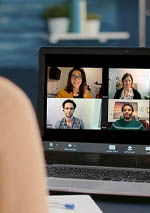

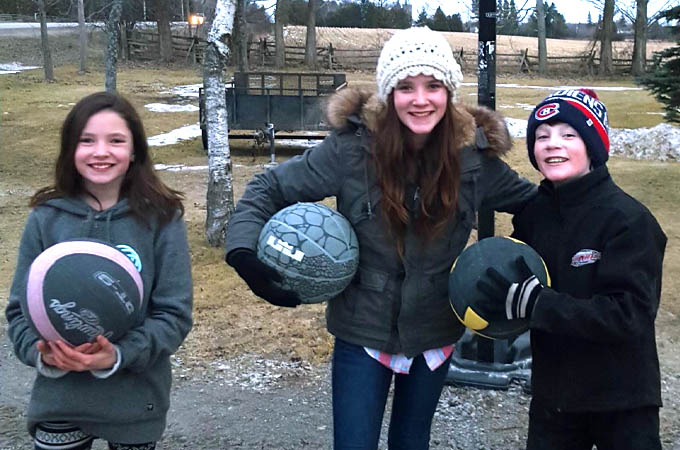

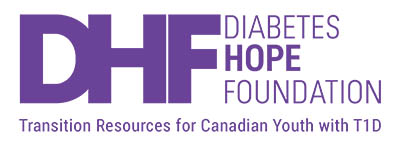


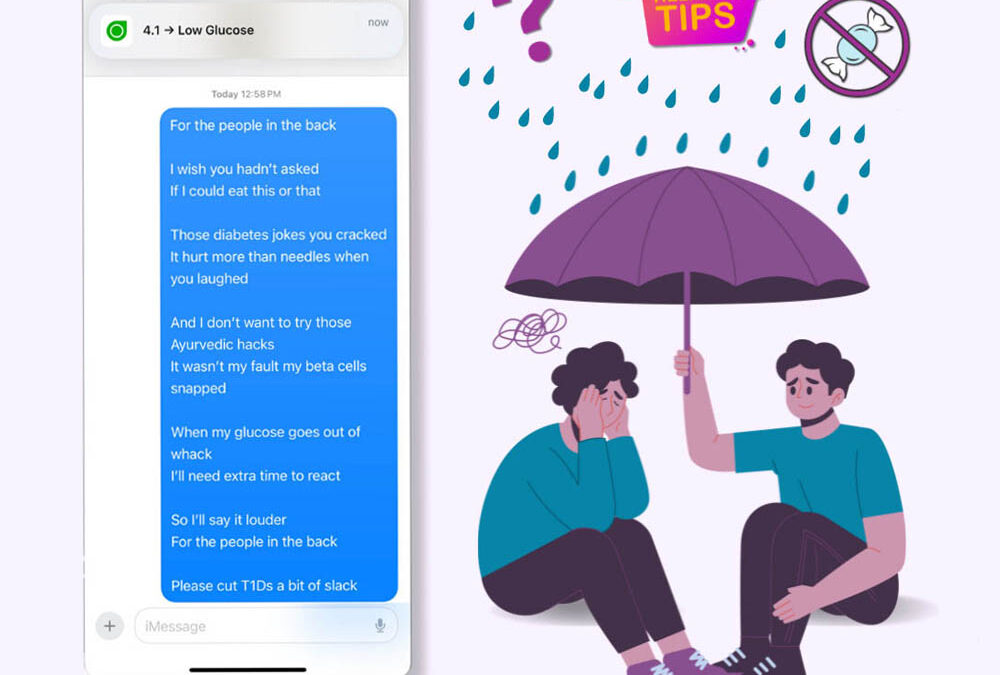
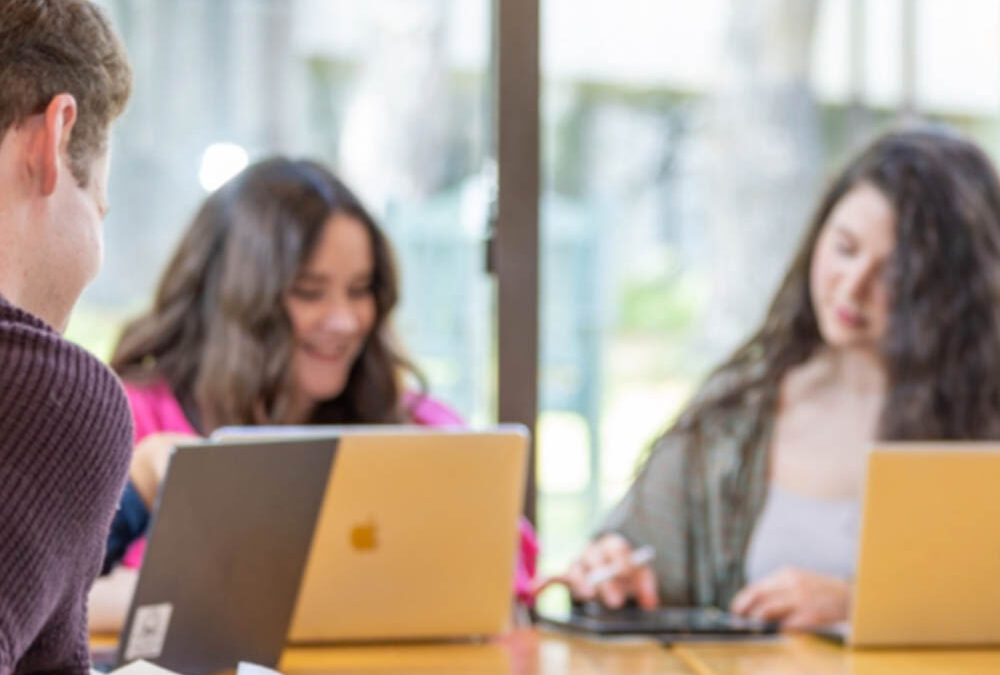
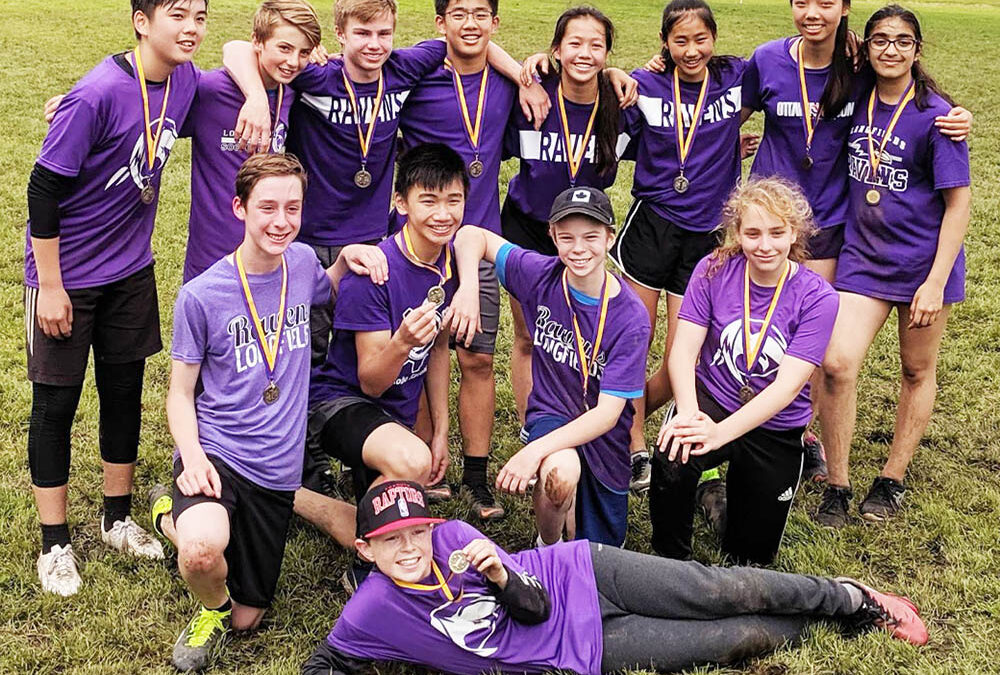

0 Comments